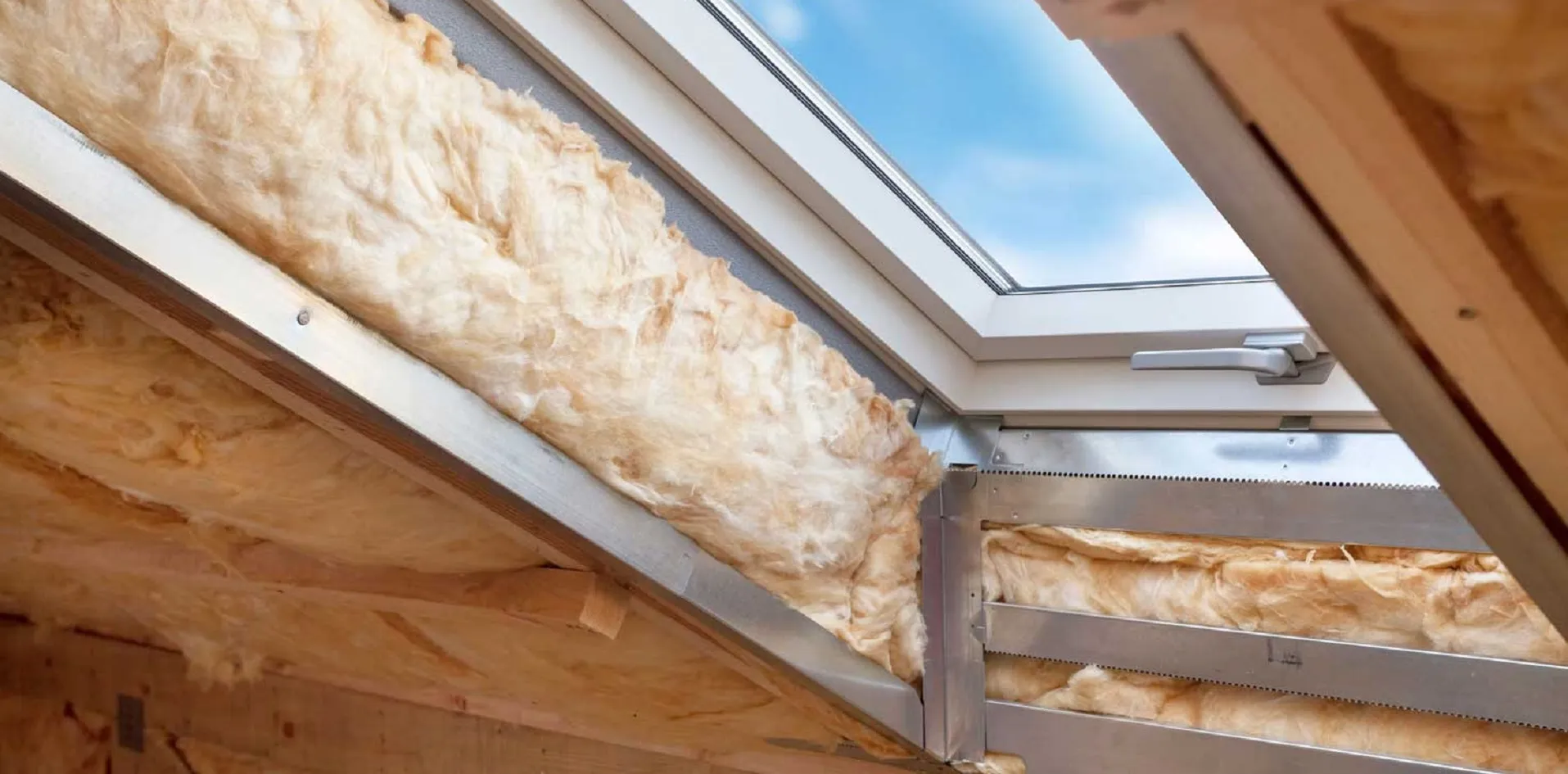Windows are a common source of heat loss and drafts, making proper insulation essential for maintaining energy efficiency and comfort in homes and buildings. Choosing the right insulation for around windows can reduce energy bills, prevent air leaks, and enhance indoor climate control. This article explores the best insulation options, their benefits, and factors to consider when selecting the ideal solution for homes in Fresno, CA.
Importance of Window Insulation
Proper window insulation helps prevent heat transfer, keeping interiors warm in the winter and cool in the summer. It also reduces strain on HVAC systems, lowering energy costs. Well-insulated windows can also enhance soundproofing and improve indoor air quality by preventing outdoor pollutants from seeping in.
Best Types of Insulation for Around Windows
There are several effective insulation methods for sealing gaps around windows, each with distinct advantages.
1. Spray Foam Insulation
How It Works
Spray foam insulation is an expanding polyurethane material that fills gaps and seals air leaks around windows. It comes in two main types:
- Open-cell spray foam: Lightweight, flexible, and ideal for interior applications.
- Closed-cell spray foam: Denser, offering superior insulation and moisture resistance.
Benefits
- Expands to fill even the smallest cracks.
- Provides excellent thermal resistance (high R-value).
- Adds an air and moisture barrier.
- Long-lasting and durable.
Best Use Case
Spray foam insulation is ideal for sealing gaps between window frames and walls, preventing air infiltration.
2. Weatherstripping
How It Works
Weatherstripping involves applying adhesive-backed strips or other sealing materials around window edges to block air leaks.
Benefits
- Easy to install and replace.
- Cost-effective solution for minor gaps.
- Available in various materials (rubber, foam, vinyl, felt).
- Enhances energy efficiency.
Best Use Case
Weatherstripping works well for operable windows where temporary but effective sealing is needed.
3. Caulking
How It Works
Caulking is a flexible sealant used to fill small cracks and gaps around windows.
Benefits
- Provides an airtight and watertight seal.
- Available in silicone, acrylic, or latex varieties.
- Inexpensive and easy to apply.
Best Use Case
Caulking is perfect for sealing fixed window frames and minor cracks in existing insulation.
4. Window Insulation Film
How It Works
Insulation film is a thin, transparent plastic layer applied over window glass to reduce heat transfer.
Benefits
- Reduces heat loss during colder months.
- Affordable and easy to install.
- Allows natural light to enter while improving insulation.
Best Use Case
Ideal for renters or homeowners looking for a temporary, budget-friendly insulation solution.
5. Thermal Curtains and Blinds
How It Works
Thermal curtains and insulated blinds contain multiple layers that trap heat and reduce energy loss through windows.
Benefits
- Enhances thermal insulation without requiring construction work.
- Available in various designs to match interior decor.
- Blocks UV rays and improves privacy.
Best Use Case
Suitable for homeowners seeking additional insulation without structural modifications.
Factors to Consider When Choosing Window Insulation
1. Climate Considerations
Homes in Fresno, CA, experience hot summers and mild winters. Insulation solutions should prioritize heat resistance to reduce cooling costs.
2. Energy Efficiency Goals
For those aiming to maximize energy savings, closed-cell spray foam and weatherstripping are highly effective choices.
3. Durability and Maintenance
Permanent solutions like spray foam and caulking offer long-term benefits, while temporary options like insulation film require seasonal reapplication.
4. Budget Constraints
- High-budget options: Spray foam insulation, insulated blinds.
- Mid-range options: Weatherstripping, caulking.
- Low-cost options: Window insulation film, and thermal curtains.
How Proper Window Insulation Improves Home Efficiency
1. Lower Energy Bills
By reducing heat exchange, insulation minimizes reliance on heating and cooling systems, cutting energy costs.
2. Enhanced Comfort
A well-insulated home maintains consistent indoor temperatures, eliminating cold drafts and hot spots.
3. Reduced Environmental Impact
Less energy consumption means a lower carbon footprint, making insulation an eco-friendly investment.
4. Moisture Control and Mold Prevention
Sealing gaps prevents moisture infiltration, reducing the risk of mold and structural damage.
Conclusion
Choosing the best insulation for around windows depends on various factors, including budget, climate, and energy efficiency goals. Spray foam insulation, weatherstripping, and caulking are among the most effective options for sealing gaps and preventing air leaks. Homeowners in Fresno, CA, can benefit from investing in high-quality insulation solutions to enhance comfort and reduce energy costs. For expert insulation services, Fresno Spray Foam Insulation Masters provides professional guidance and installation to ensure optimal home efficiency.
Get Professional Window Insulation Services
For top-tier insulation solutions tailored to Fresno, CA’s climate, contact Fresno Spray Foam Insulation Masters today. Improve your home’s energy efficiency and comfort with expert insulation services.
FAQs
What is the most cost-effective window insulation?
Weatherstripping and caulking offer an affordable way to seal gaps and improve insulation without major investments.
Can spray foam insulation damage windows?
If improperly applied, expanding foam can exert pressure on window frames. Using low-expansion spray foam is recommended.
How long does window insulation last?
Spray foam and caulking can last over a decade, while weatherstripping and insulation film may need replacement every few years.
Is window insulation film reusable?
Most window insulation films are single-use, though some high-quality options may be reusable with proper care.
Do thermal curtains help with insulation?
Yes, thermal curtains add an extra layer of insulation, reducing heat loss and blocking sunlight to maintain indoor temperatures.
How do I know if my windows need better insulation?
Signs include drafty areas, increased energy bills, condensation on windows, and fluctuating indoor temperatures.
Can I install window insulation myself?
Many insulation methods, such as caulking, weatherstripping, and insulation film, are DIY-friendly. However, spray foam is best installed by professionals.
Which insulation type works best for hot climates like Fresno, CA?
Reflective window films and spray foam insulation are effective for reducing heat transfer and keeping interiors cool.
Is there an eco-friendly window insulation option?
Yes, weatherstripping and thermal curtains are environmentally friendly and help improve energy efficiency.
When should I replace my window insulation?
Replace insulation when gaps, cracks, or air leaks appear, or if energy bills increase significantly.




